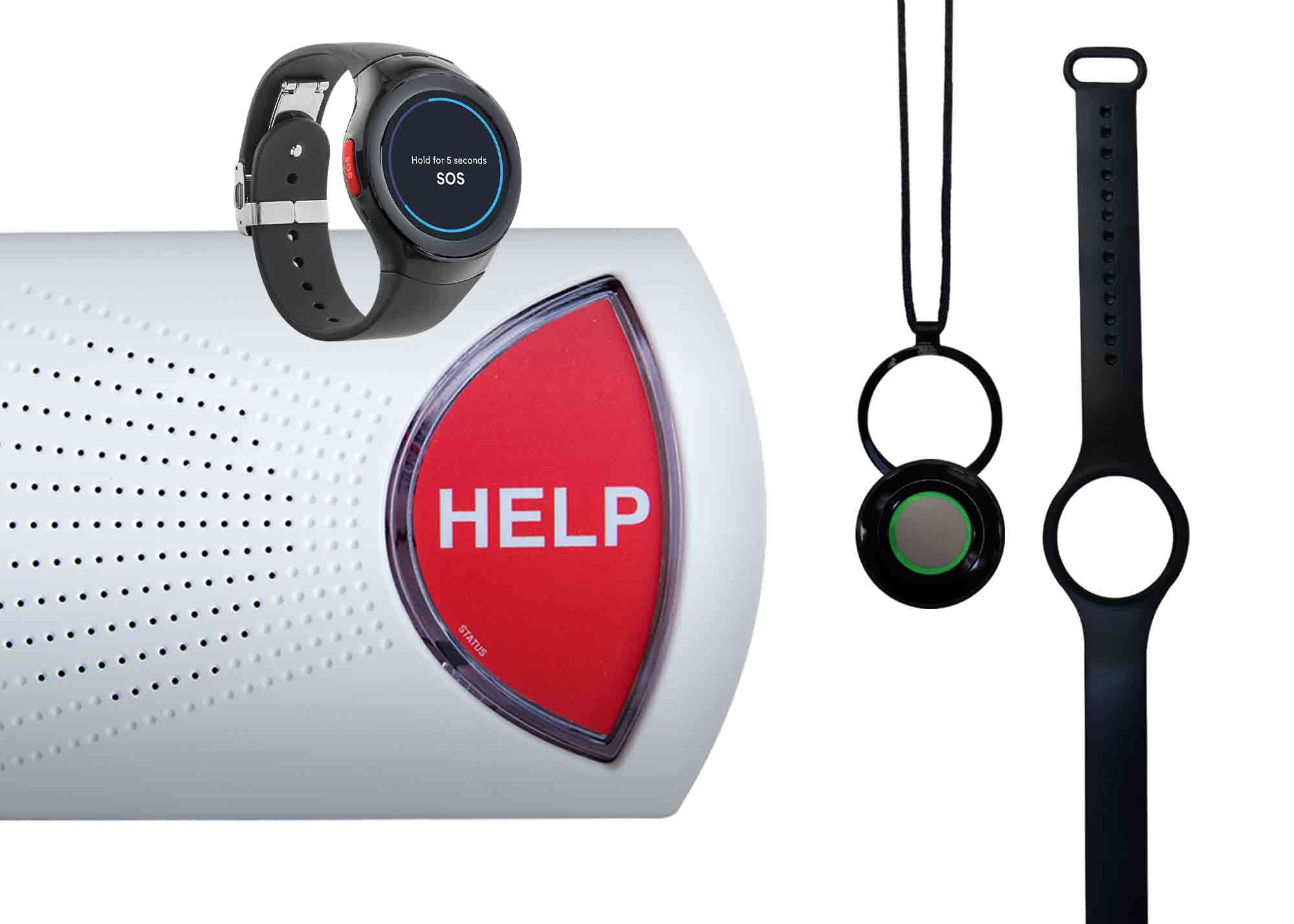Seniors and Pets: How to Support Your Loved One and Their Companion
April 19, 2024
As your aging loved one gets older, you might find yourself stepping in to help them out with tasks like scheduling physician appointments, cleaning out the gutters, or preparing meals for them to enjoy during the week. While you might expect to get involved more with their daily routines if and when they need a little extra support, you might not expect to suddenly become a primary caregiver to their dog, cat, or other pet.
However, your loved one might need some support with their daily pet care routines so that they can keep their favorite animal companion happy and healthy. Here are a few considerations to keep in mind if your loved one has a pet they cherish and love.
The Basics: Food and Water
No matter if your loved one has a dog, cat, bird, or other animal, that pet needs to get food and water on a regular basis. If your loved one has mobility issues, going out into the garage to scoop food into the bowl a few times per day can be a taxing task. For someone living with cognitive decline, they might forget to fill up the water bowl consistently.
If you’re able to help out and are close enough to visit a few times per day to check in on your loved one, take that time to add putting out food and fresh water to your routine when you’re there. However, if you’re not able to visit that often, you have options:
- Set an alarm on your loved one’s smartphone and/or digital assistant device to remind them to put out food and water for their favorite pet
- Try services that automatically ship and deliver pet food and supplies to your loved one’s door. Services like Chewy offer an app that you can use to pause or update shipping schedules and preferences.
- Move the pet food storage container to a place where it is easy and safe for your loved one to get to each day
- Consider investing in self-filling water bowl that requires fewer trips to the faucet for your loved one
- Consider paying a neighbor to keep the food and water bowls full. This is a wonderful job for a helpful and reliable kid in the neighborhood who is looking to make a little extra money.
Exercise
Just like your loved one, their pet needs regular daily movement to feel their best. If your loved one is able to, they should get active with their pet. This might include taking their dog on a few walks around the neighborhood each day. Just be sure your loved one has stable shoes, weather appropriate clothing, and a leash that is easy for them to clip on and off.
However, if your loved one has some mobility issues, you might consider other ways of ensuring their animal gets the exercise they need:
- Hire a dog walking service to come and walk your loved one’s dog daily
- If your loved one’s dog is a little wild on the leash, consider investing in training that would teach them to be more controlled
- Set an alarm for your loved one to remind them to let the dog out in the fenced backyard to play
- For a cat, consider purchasing a scratcher ball that will keep it moving and engaged
- Your loved one’s animal might benefit from a regular day of the week when they go somewhere for physical and mental socialization, such as a pet daycare. Research those in the area to see if they meet your needs and budget.
Safety
Having a pet is beneficial for older adults, as it provides companionship and the opportunity to feel a sense of purpose. However, having a pet can also be a safety concern for older adults without the right support in place. For example, if your loved one has balance challenges or if they shuffle when they walk, a small dog underfoot might cause a catastrophic fall. Similarly, a cat who darts in the way of a senior who cannot see well might be the cause of a trip.
Here are some ideas to ensure that your loved one is safe while they are up and about in their home:
- Using pet gates can help to keep animals out of certain rooms, such as the bathroom or kitchen, 2 rooms where falls can occur more often than others in the home
- Train the animal commands like “stay” so they can remain out of the way when your loved one is standing up, transferring, or moving around the home
- Having a collar with a bell or other noisemaker on it can be especially helpful for animals that live with adults who have vision challenges
Rehoming
While removing the pet from your loved one’s home is always the last resort, it is wise to understand when it might be the time to do so. If your loved one’s animal is no longer safe or healthy in your loved one’s care, it might be time to work on rehoming the animal.
- See if anyone in the family would like to take the pet as their own. This is especially lovely if they can bring the pet over for regular visits
- See if a neighbor would like to take the pet as their own.
- Work with reputable animal shelters in the area who understand the complexities of working with pets who have lived with older adults
Your loved one’s health and safety is important, as is the health and safety of their beloved pet. Work with your loved one to ensure their pet is living their best life as well.

